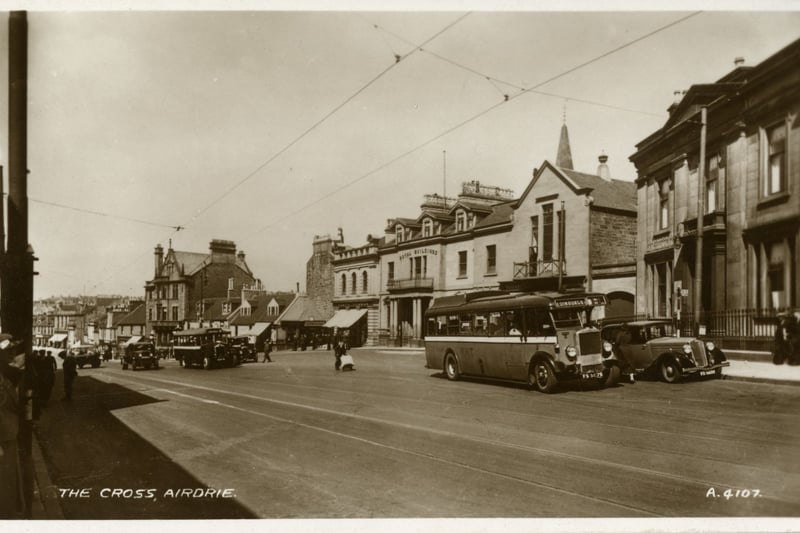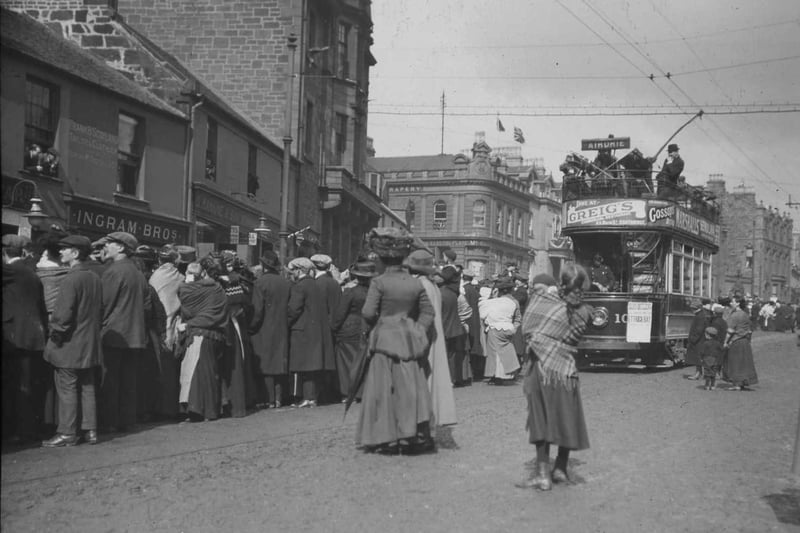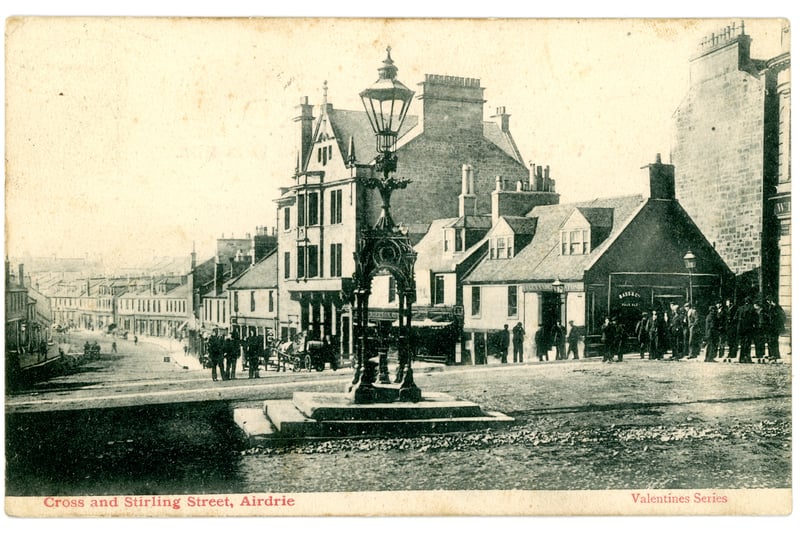Airdrie is a town with its own distinct culture, heritage, and people that differ greatly from Glasgow - and even the adjoining town of Coatbridge!
Like many satellite towns of Glasgow - its population expanded massively during the industrial revolution - not spurred on by high birth rates - but by the potato famine bringing the Irish to Scotland's West Coast in their hundreds of thousands, as well as the highland clearances forcing many Highlanders down from their crofts to urban life in the Clyde Valley. The massive influx of population was reflected in the introduction of heavy industry, which also saw old cottages replaced with tenement-style sandstone houses and larger civic administrative buildings.
Airdrie essentially grew over a generation from a small village which essentially comprised of one long street to a fully established town with industries in coal, iron, and cotton. Today we wanted to document the period that followed, how people settled into the town and made it their own over generations through community, industry, and a bit of hard work. All these images were supplied via CultureNL - to find more pictures and stories about your local history, heritage, and more, visit the CultureNL collections.
Take a look at these 12 pictures to see Coatbridge at its industrial peak.

1. A drive on the cars
Five tramcars chartered for South Church Street UF Sabbath School's picnic trip to Drumpellier Country Park.

2. The Cross
A view of the town cross in Airdrie town centre back in the early/mid 20th century

3. Coronation of King George V and Queen Mary
Crowds congregate on Stirling Street, Airdrie to celebrate the Coronation on 23 June 1911. Airdrie and Coatbridge Tramway Company tramcar No.10 can be seen on the right.

4. Stirling Street & the cross
A view down Stirling Street from the Cross
